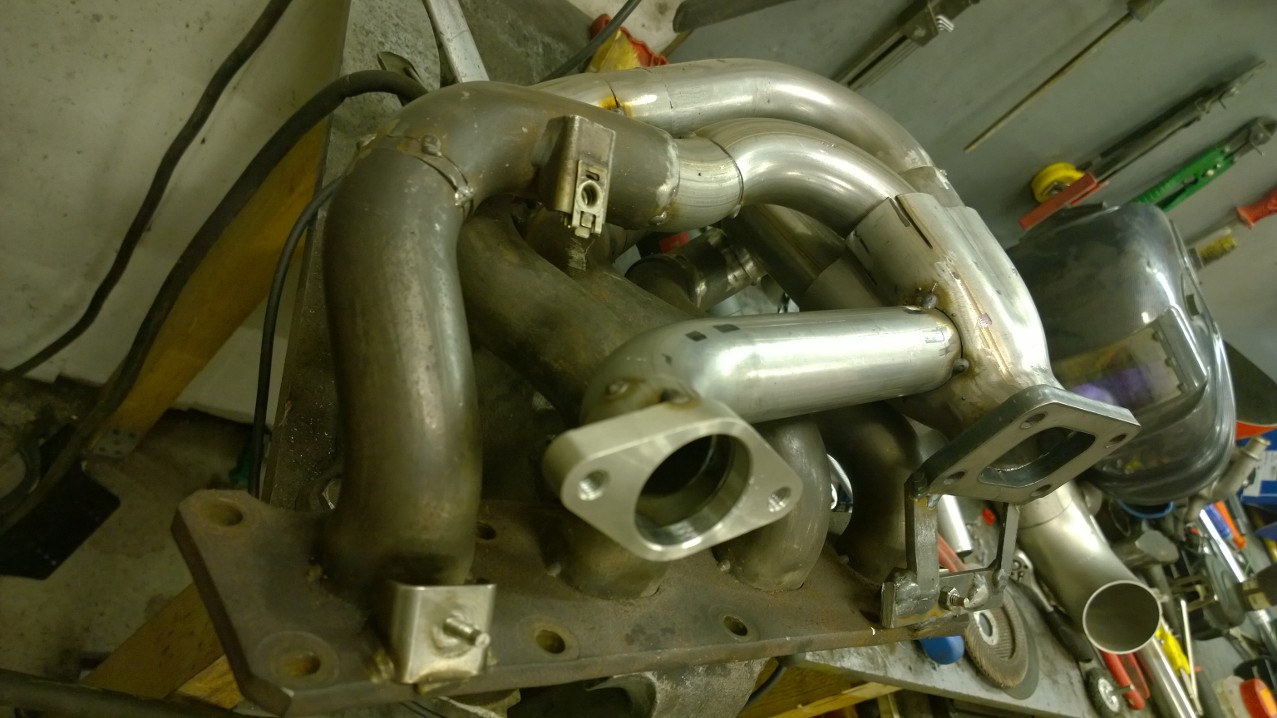Embrace The Ew!
I've posted bits and pieces about this engine, but probably a good idea to get across much of what I've learnt about the engine series. I found myself slightly sceptical of the XU replacement when it first appeared. Post millenium engines seem to mostly be emissions biased, somewhat hamstrung by a strangling set of priorities, a world away from the performance driven early 16v engine designs. Cost is a big driver too these days and we seem to be losing the slightly over-engineered components of the Peugeots past that lent themselves well to mix and match engine building on a budget. Early reports of reliability issues with the EW in the 206 GTi didn't do much to inspire me either, but I was perhaps, as often, a bit premature.
I only really started to look deeply into the EW when asked to rebuild an ex-BTCC Longman engine a couple years ago. The engine was so extensively damaged by a valve failure, that I had to start fresh with a donor engine and the data started rolling in. I've built a 1600 one since and have several others on the go; with that original engine recently coming back for rebuild after 18 months of flawless racing performance, requiring no attention beyond oil changes while it's competitiors came and went a bit! It's a basically strong but light engine design, which I'll expand on in some detail.
It entered production in 1998 as far as I'm aware, with the launch of the 206, while the XU 16v continued to be produced for other models. It's been the standard Peugeot/Citroen 1.8-2.2 litre petrol engine ever since. It even did a spell in late Xsaras. Apart from the slightly deviant HPI engine in the C5, they all have basically the same double overhead cam 16v alloy block configuration. The block is open deck cast alloy, with the iron liners cast in place as sleeves. The block splits at the crank centreline to form one of the main benefits of the engine design; a main bearing ladder, that give tremendous block rigidity and stability, which has major advantages in a performance engine. The head is fundamentally a development of the later XU 16v head, the cam ladders are even the same casting as the former, with slightly different machining. The cam blanks are the same for both engines, but most EWs use small followers that can't run XU large follower profiles as they are. The oil pump is driven directly on the crank nose, being the eccentric star type widely used. The oil pump is probably the weakest link in the engine. Half moon thrust washers seem a step back from the XU's 360 degree thrusts. The cranks are mostly interchangeable with XU ones. Bore spacing identical to XU and valve angle/spacing as good as identical. The engine sits at 15 degrees inclination (XU 30 degrees).
Basic range is:
EW7J4 1749cc, 82.7mm bore and 81.4mm stroke, 45mm big ends, 212.5mm block height, 29.5mm inlet and 27.4mm exhaust valves (inserts are the same as bigger engines), 28.4mm cam followers
EW10J4 (140PS) 1997cc, 85mm bore and 88mm stroke, 45mm big ends, 212.5mm block height, 33mm inlet and 29mm exhaust, 28.4mm cam followers
EW10J4S (180PS) 1997cc, 85mm bore and 88mm stroke, 45mm big ends, 212.5mm block height, 35mm inlet and 31mm exhaust valves, 30mm cam followers, variable cam phasing control
EW12J4 2231cc, 86mm bore and 96mm stroke, 50mm big ends, 221.5mm block height, 35mm inlet and 31mm exhaust valves, 28.4mm cam followers, variable cam phasing control
More to follow....


